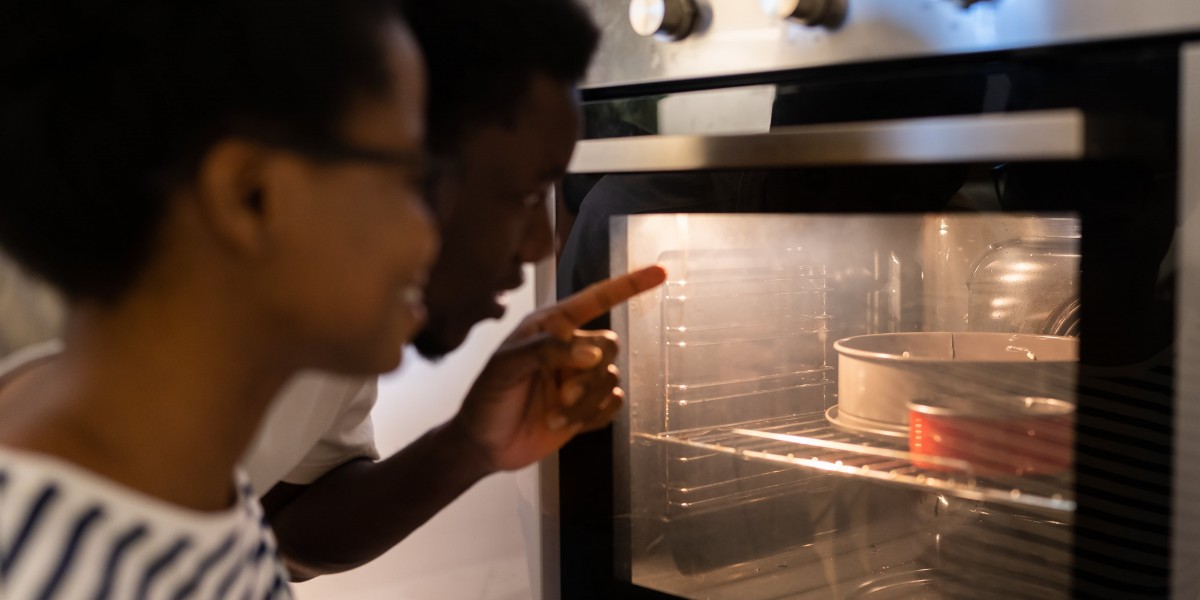Professional Composite Door Repair: A Comprehensive Guide
Composite doors, understood for their resilience, security, and aesthetic appeal, are a popular option for house owners. Nevertheless, like any other door, they can experience wear and tear over time. Professional composite door repair is important to keep the performance and appearance of these doors. This post provides a detailed guide on professional composite door repair, consisting of typical issues, repair methods, and maintenance ideas.
Understanding Composite Doors
composite double door repair doors are made from a mix of products, usually consisting of wood, plastic, and sometimes metal. This mix deals a number of benefits:
- Durability: Composite Door Repair Tips doors are resistant to warping, cracking, and rotting.
- Security: They are highly secure due to their robust construction and multi-point locking systems.
- Energy Efficiency: The products utilized in composite doors provide exceptional insulation, assisting to decrease heating and cooling expenses.
- Visual appeals: They can mimic the look of conventional wood doors while requiring less maintenance.
Typical Composite Door Issues
Before delving into repair methods, it's crucial to determine common concerns that may require professional attention:
- Cracks and Chips: Minor damage can take place due to effect or weathering.
- Warped Panels: Exposure to severe temperature levels or humidity can trigger panels to warp.
- Locking Mechanism Problems: The locking system can end up being defective, affecting the door's security.
- Seal Deterioration: The weatherstripping and seals can break, leading to drafts and energy loss.
- Hinge Issues: Loose or rusted hinges can impact the door's positioning and operation.
Professional Repair Methods
When it comes to composite door latch repair door repair, professional competence is frequently essential to make sure the task is done correctly. Here are some common repair approaches:
Repairing Cracks and Chips
- Evaluation: A professional will assess the degree of the damage to identify if a repair is possible.
- Preparation: The damaged area is cleaned and gotten ready for repair.
- Filling: A specialized filler is utilized to fill in the fractures or chips.
- Completing: The repaired location is sanded smooth and painted or stained to match the remainder of the door.
Dealing With Warped Panels
- Medical diagnosis: A professional will identify the cause of the warping, which might be due to wetness or temperature modifications.
- Adjustment: In some cases, the door can be changed to correct the alignment.
- Replacement: If the warping is serious, the panel or the entire door might require to be replaced.
Repairing Locking Mechanism Problems

- Examination: The locking system is thoroughly checked to identify the problem.
- Lubrication: Moving parts are lubricated to guarantee smooth operation.
- Replacement: Faulty parts are replaced with brand-new ones.
- Evaluating: The lock is evaluated to ensure it operates correctly.
Changing Seals and Weatherstripping

- Removal: Old, deteriorated seals are carefully eliminated.
- Measurement: New seals are measured and cut to fit the door.
- Setup: The brand-new seals are set up, ensuring a tight fit.
- Sealing: Any gaps are sealed to prevent drafts and moisture invasion.
Handling Hinge Issues
- Tightening up: Loose hinges are tightened with screws.
- Lubrication: Hinges are lubricated to decrease friction and sound.
- Replacement: If hinges are badly rusted or damaged, they are replaced with brand-new ones.
Maintenance Tips
Routine maintenance can significantly extend the life of a composite door and avoid the need for significant repairs. Here are some maintenance tips:
- Clean Regularly: Use a mild detergent and water to clean up the door surface area.
- Check Seals: Check the weatherstripping and seals for wear and tear.
- Oil Moving Parts: Apply lubricant to hinges and the locking system.
- Check for Damage: Regularly check the door for signs of damage and address problems promptly.
- Keep Proper Alignment: Ensure the door is effectively lined up to avoid warping and sticking.
Frequently asked questions
Q: How frequently should I have my composite pivot door repair door expertly inspected?A: It is advised to have your composite door inspected a minimum of as soon as a year by a professional to identify and address any possible issues.
Q: Can I repair minor damage to a composite door myself?A: Minor damage such as small cracks or chips can often be fixed with a DIY approach using a suitable filler and paint. However, more considerable issues should be handled by a professional.
Q: What are the signs that my composite door requires to be changed?A: Signs that your composite door may need to be replaced include extreme warping, extensive damage, malfunctioning locks, and substantial energy loss.
Q: How can I avoid my composite door from contorting?A: To avoid warping, guarantee the door is effectively sealed, maintain a consistent indoor temperature level, and prevent exposing the door to extreme moisture.
Q: Are composite doors more secure than standard wood doors?A: Yes, composite doors are normally more secure due to their robust building and construction and multi-point locking systems.
Professional composite door repair is essential for keeping the performance, security, and aesthetic appeal of these high-quality doors. By comprehending common concerns, repair approaches, and maintenance pointers, property owners can ensure their composite doors remain in exceptional condition for several years to come. Routine professional examinations and timely attention to any problems can assist avoid major problems and extend the life of the door.
If you presume that your composite door needs repair, it's always best to seek advice from a professional who has the know-how and tools to handle the task efficiently.





